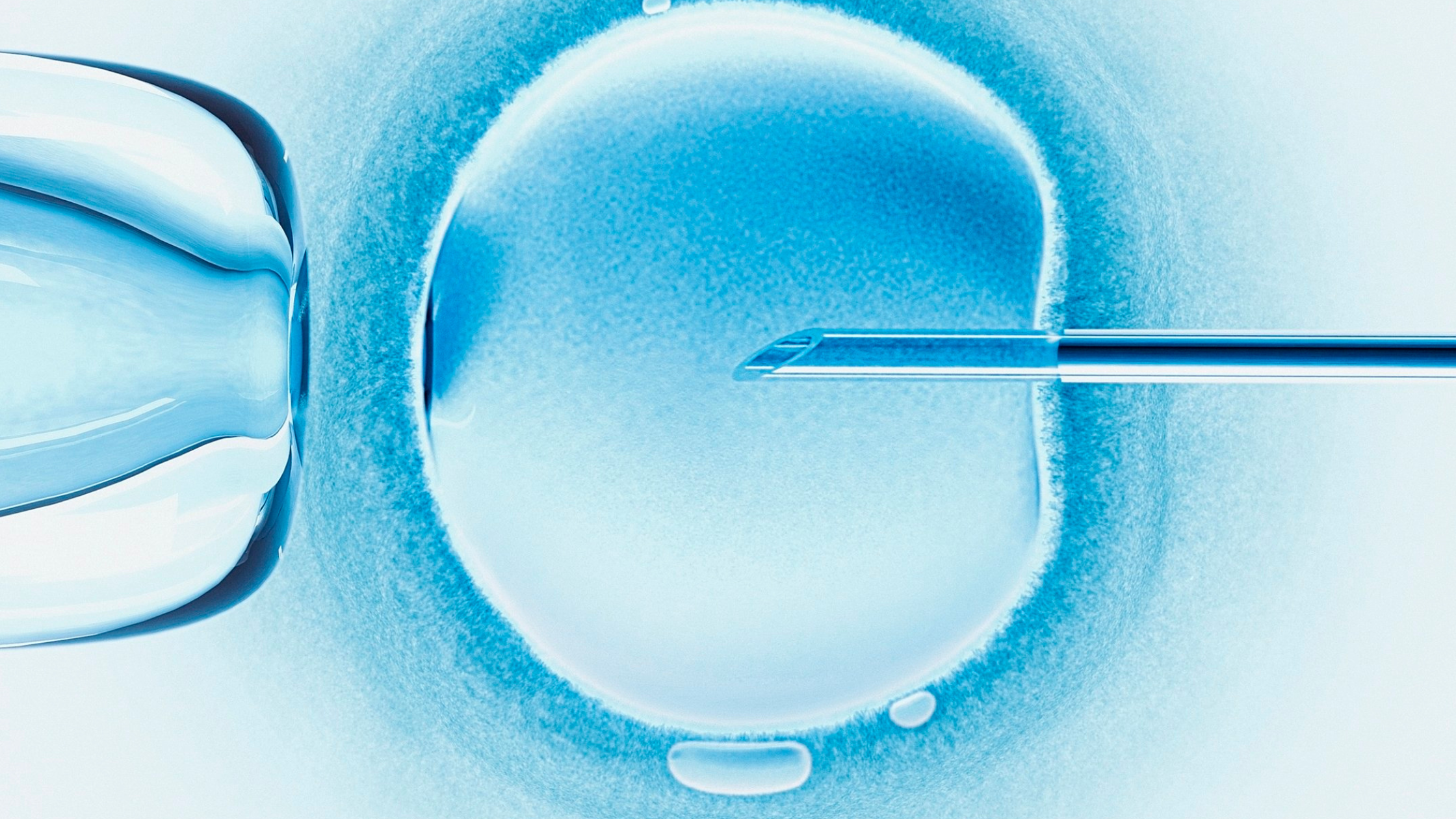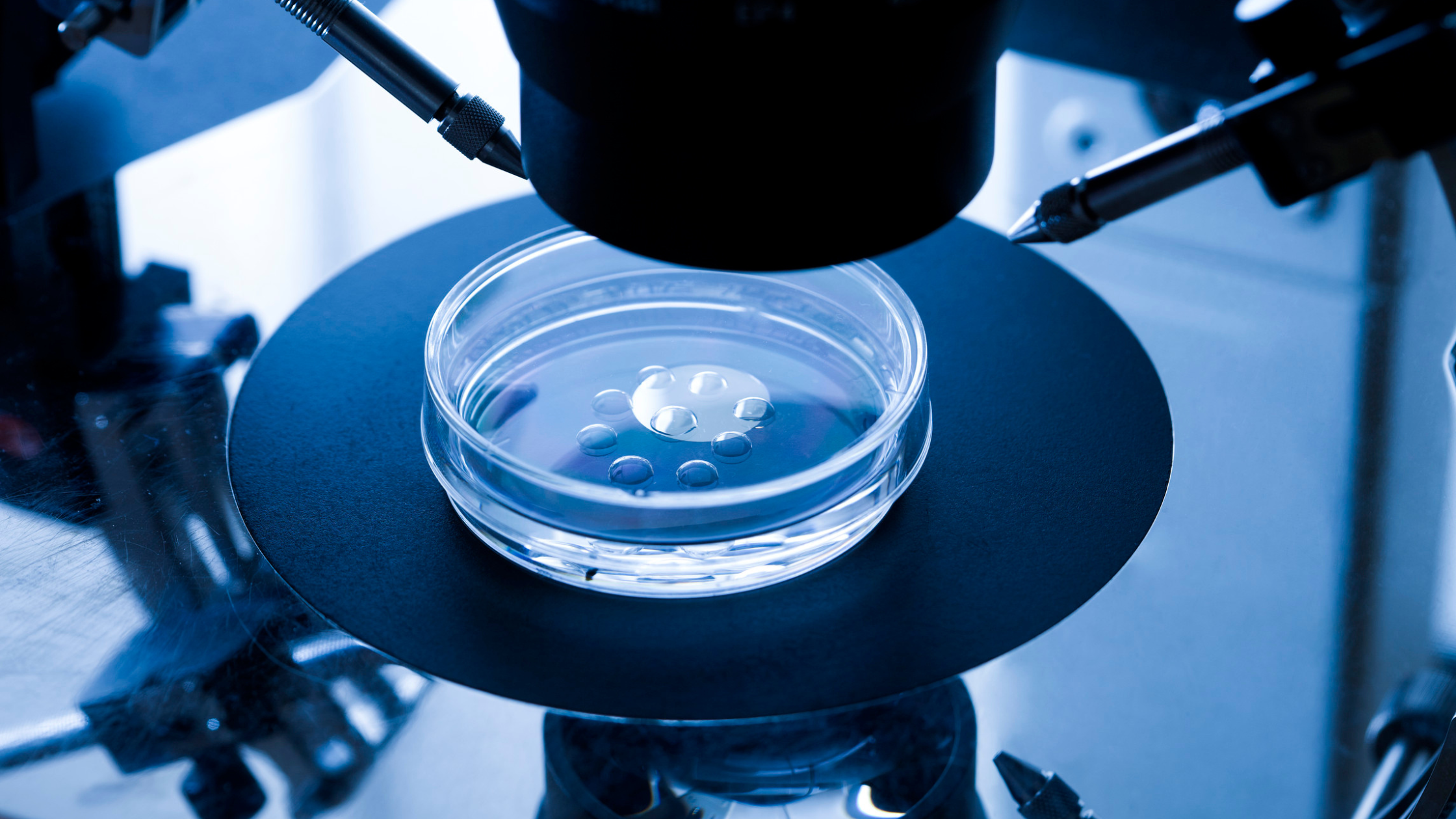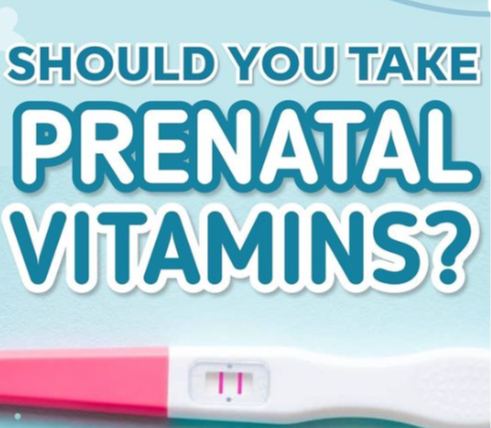The Science Behind IVF: An Overview

When discussing fertility treatments, IVF, or In Vitro Fertilization, is a term that often comes to the forefront. As a potential solution for many couples facing fertility issues, understanding the science behind this procedure can provide clarity and hope. At Panama Fertility, we're not just experts in performing IVF – we're passionate about educating our community on its intricacies. Here's a concise overview of the scientific process that has brought joy to thousands of families worldwide.
1. What is IVF?
IVF is a procedure where an egg is combined with sperm outside the body in a laboratory dish and then implanted in the woman's uterus. The goal? To achieve a successful pregnancy and subsequent birth.
2. The Steps Involved
- Ovulation Induction: Before the IVF process can begin, a woman must take medications to stimulate her ovaries, encouraging them to produce multiple mature eggs. These eggs are then retrieved in a minor surgical procedure.
- Egg Retrieval: Once the eggs are mature, a thin needle is inserted through the vaginal wall, retrieving the eggs directly from the ovaries. This is done with the aid of ultrasound imaging.
- Sperm Collection: Simultaneously, sperm is collected from the male partner or a donor. This sperm is then prepared in the laboratory, ensuring only the healthiest are used for fertilization.
- Fertilization: The eggs and sperm are combined in a laboratory dish, where fertilization occurs. If there are concerns about the sperm's ability to fertilize the egg, a single sperm might be directly injected into the egg – a procedure known as ICSI.
- Embryo Transfer: Embryos develop in the lab for several days after fertilization. The healthiest and most viable embryo (or embryos) is then selected for transfer into the woman's uterus.
3. The Pioneering Environment at Panama Fertility
Panama Fertility's success rates are 30% above the regional average. This is no coincidence. Our US-trained physicians, with over 30 years of experience, have been at the forefront of refining the IVF procedure. Every step, from ovulation induction to embryo transfer, benefits from our deep knowledge base and state-of-the-art equipment.
4. When is IVF Recommended?
IVF can be an option for couples facing various fertility challenges, including:
- Blocked or damaged fallopian tubes
- Male factor infertility
- Ovulation disorders
- Unexplained infertility
- Endometriosis
5. IVF and Donor Eggs
IVF with donor eggs becomes an attractive option for those concerned about egg quality or quantity. At Panama Fertility, we boast a large and diverse donor egg bank with over 100 fresh and frozen egg donors that meet FDA requirements. We're the only donor egg bank in the region, allowing you to select your donor and giving you greater control and confidence in the process.
6. The Future of IVF
Science never stops evolving, and neither do we. We're constantly researching and embracing the latest advancements in fertility science. With the first program in the region offering a money-back guarantee and multi-cycle discounts, our commitment to patient success and satisfaction remains unwavering.
The journey to parenthood can have its challenges, but with the support of Panama Fertility and the marvels of modern science, many realize their dreams. As pioneers in the region's IVF treatments, we aim to ensure every couple feels educated, supported, and hopeful. After all, every success story – and we've had over 10,000 couples find success at our clinic – begins with understanding and trust.



